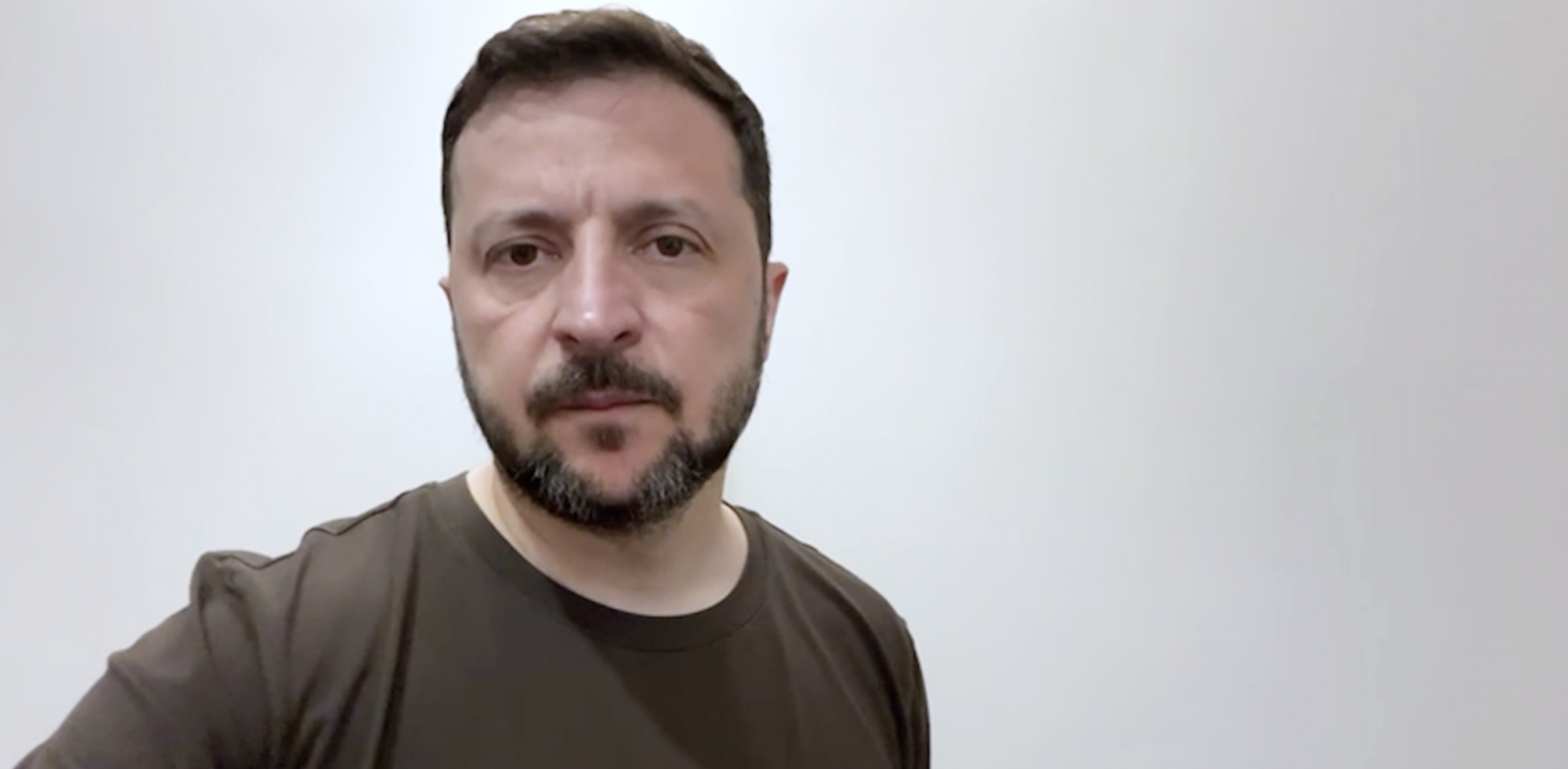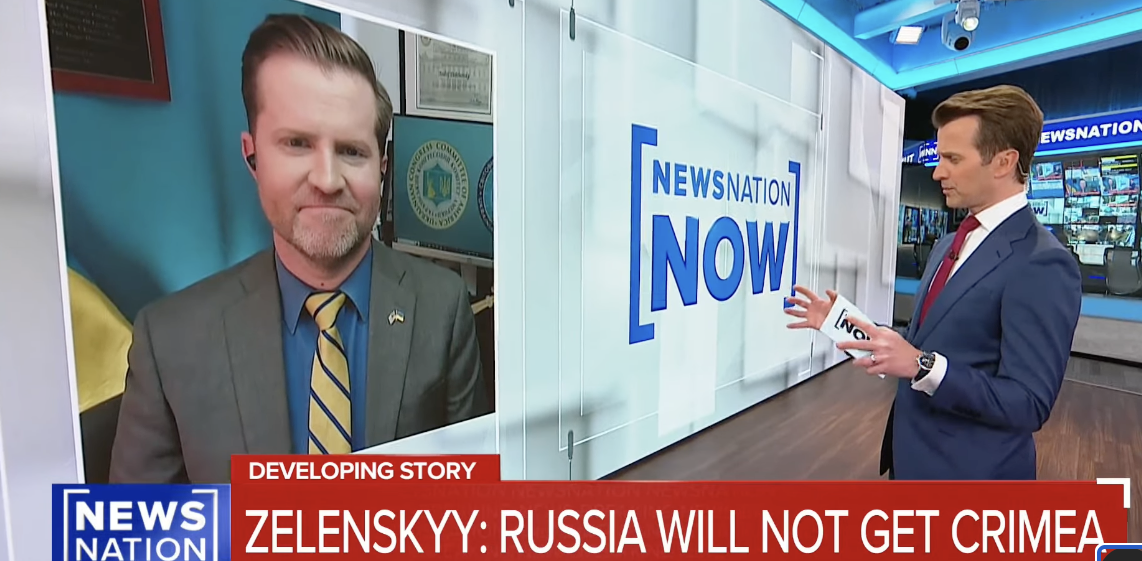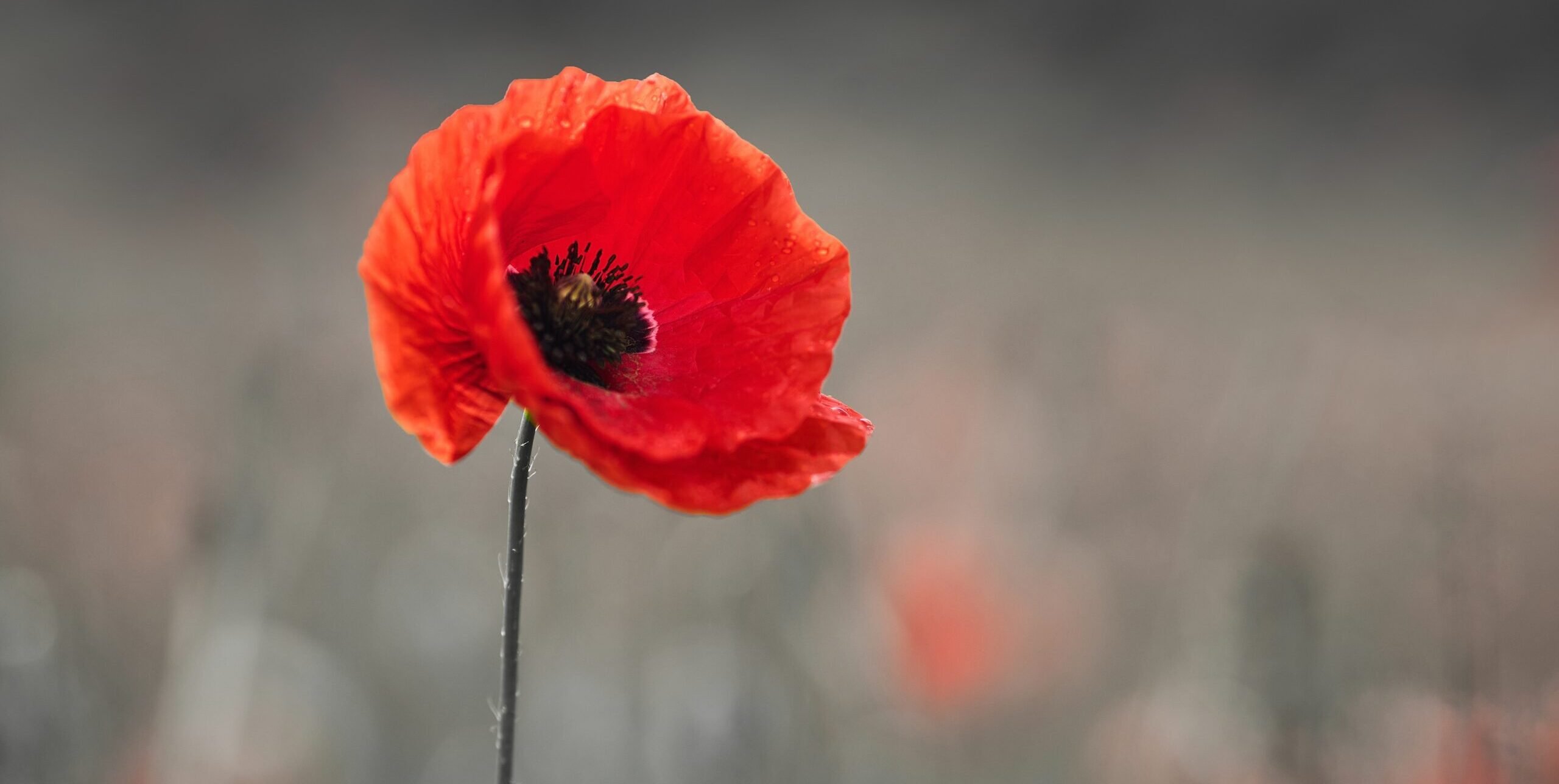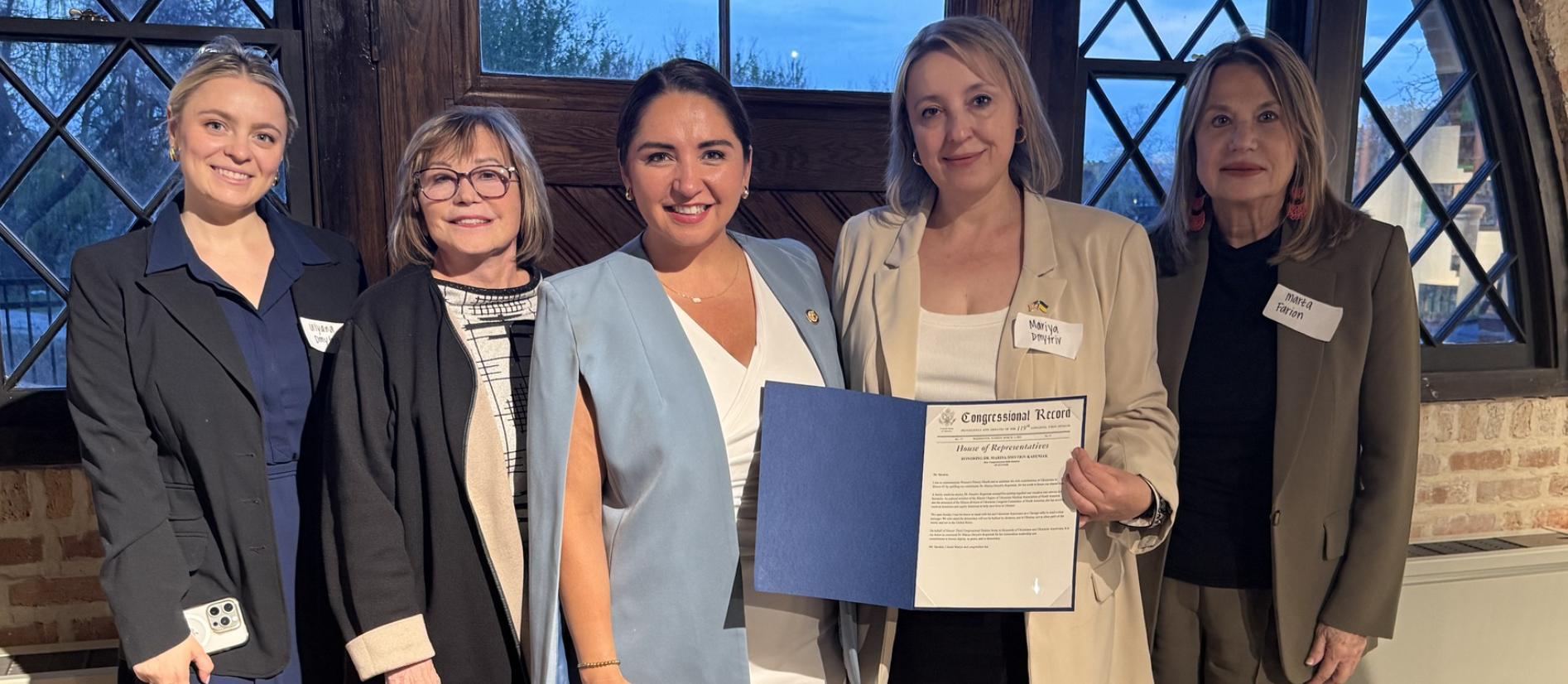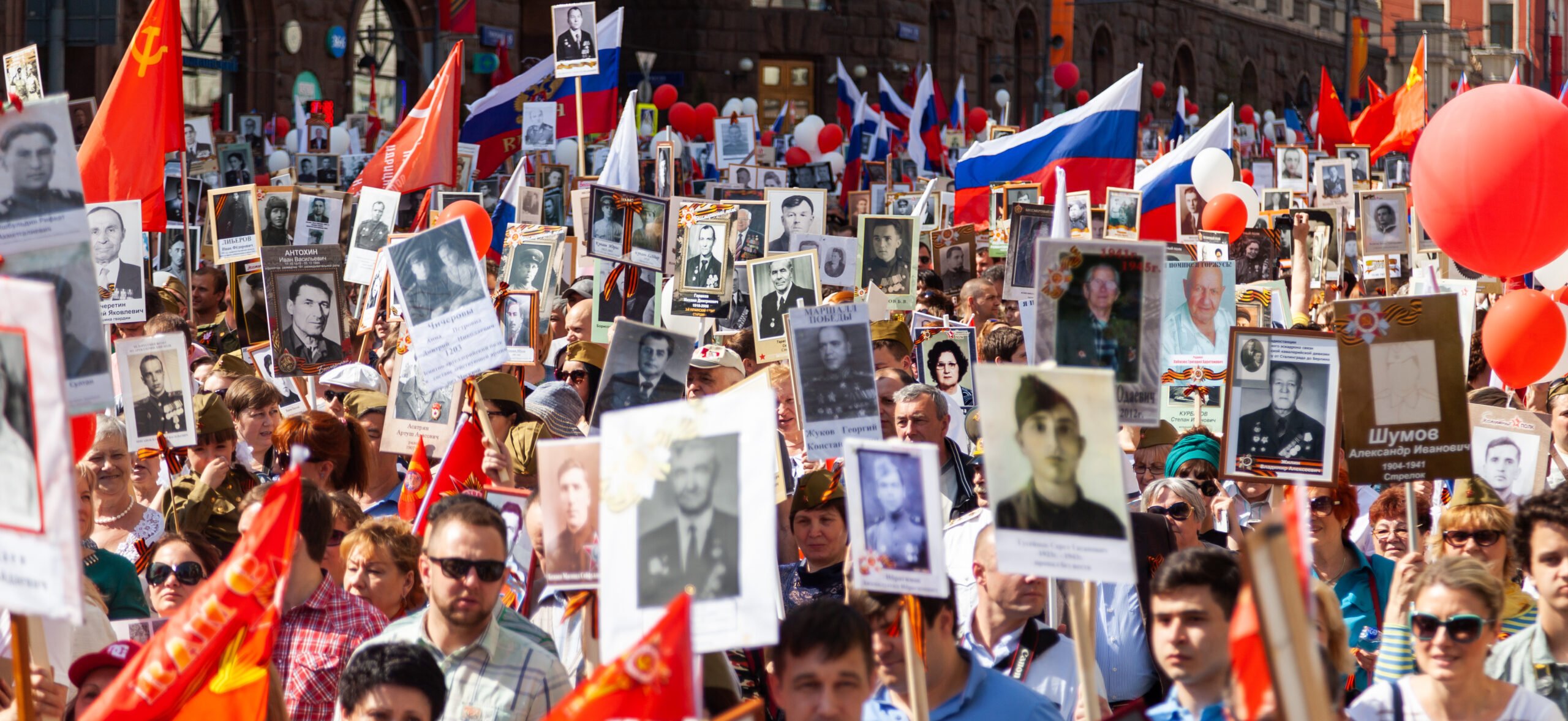
This year, the world will mark the 80th anniversary of Victory in Europe Day during World War II over Nazism in 1945.
And Russia will for the first time since its full-scale invasion of Ukraine, attempt to revive the “Immortal Regiment” march – a propaganda event in which participants carry portraits of Soviet soldiers and grossly inflate the role of the USSR in World War II.
In previous years, such events, which promote the myth of the “Great Patriotic War” and serve as Kremlin propaganda for almost single-handedly defeating Nazi Germany, were postponed both abroad and within Russia itself.
Recently, it has been revealed that such marches are planned in the United States, Canada, Italy, and Greece.
The Ukrainian World Congress has highlighted the nature of these pro-Russian events and their potential danger to the international community.
History of “Immortal Regiment”
The “Immortal Regiment” movement began in 2011 in Tomsk, Russia, as a grassroots initiative to honor the memory of relatives who participated in World War II, often referred to in Russian historiography as the “Great Patriotic War.”
Initially, it was a way for people to commemorate the heroism of their ancestors.
However, over time, the Kremlin successfully co-opted the initiative for its own political purposes.
In 2015, a parallel structure, “Immortal Regiment of Russia,” was created, quickly coming under the control of the Russian government. This development coincided with the growing popularity of the event, both in Russia and internationally, presenting the Kremlin with new opportunities to influence and spread its narratives of victimhood and for trying to take credit for winning the European part of WWII while diminishing the role of the Soviet republics who suffered most – Ukraine and Belarus, and also the role that allies played in defeating Nazi Germany.
Under an authoritarian regime, any mass movement is either suppressed or harnessed for state purposes. Russia, focused on politicizing history and using the label of “fascism” against opposing countries, chose the latter path.
Since 2015, the “Immortal Regiment” event has received substantial state support, including financial backing. Key leadership positions within the organization have been filled by individuals loyal to the government, turning what was once a public initiative into a tool of state propaganda, coordinated by entities such as “Rospatriotcenter” and “Rosmolodyozh.”
Key features
The “Immortal Regiment” marches often take place in large urban spaces, such as squares or main streets. Participants carry portraits of their relatives who took part in World War II. These portraits are often attached to plastic or cardboard frames on sticks. People march in columns, forming long lines, sometimes carrying banners or flags.
One of the key elements of the “Immortal Regiment” event is the St. George ribbon – a two-tone ribbon with three black stripes and two orange stripes.
The St. George ribbon has evolved from a symbol of military valor during the Russian Empire to a symbol of the Soviet Union’s victory over Nazi Germany in World War II.

In Russia, the black-and-orange ribbon has become a symbol of imperial revanchism. Since 2014, the St. George ribbon has also become a symbol of Russia’s aggression against Ukraine.
Portraits of supposed fallen heroes for the march, carried by participants on special boards, are easily created using specific websites. It is impossible to verify the historical authenticity of these images. Such “cloned” images are likely to be repeated across various cities.
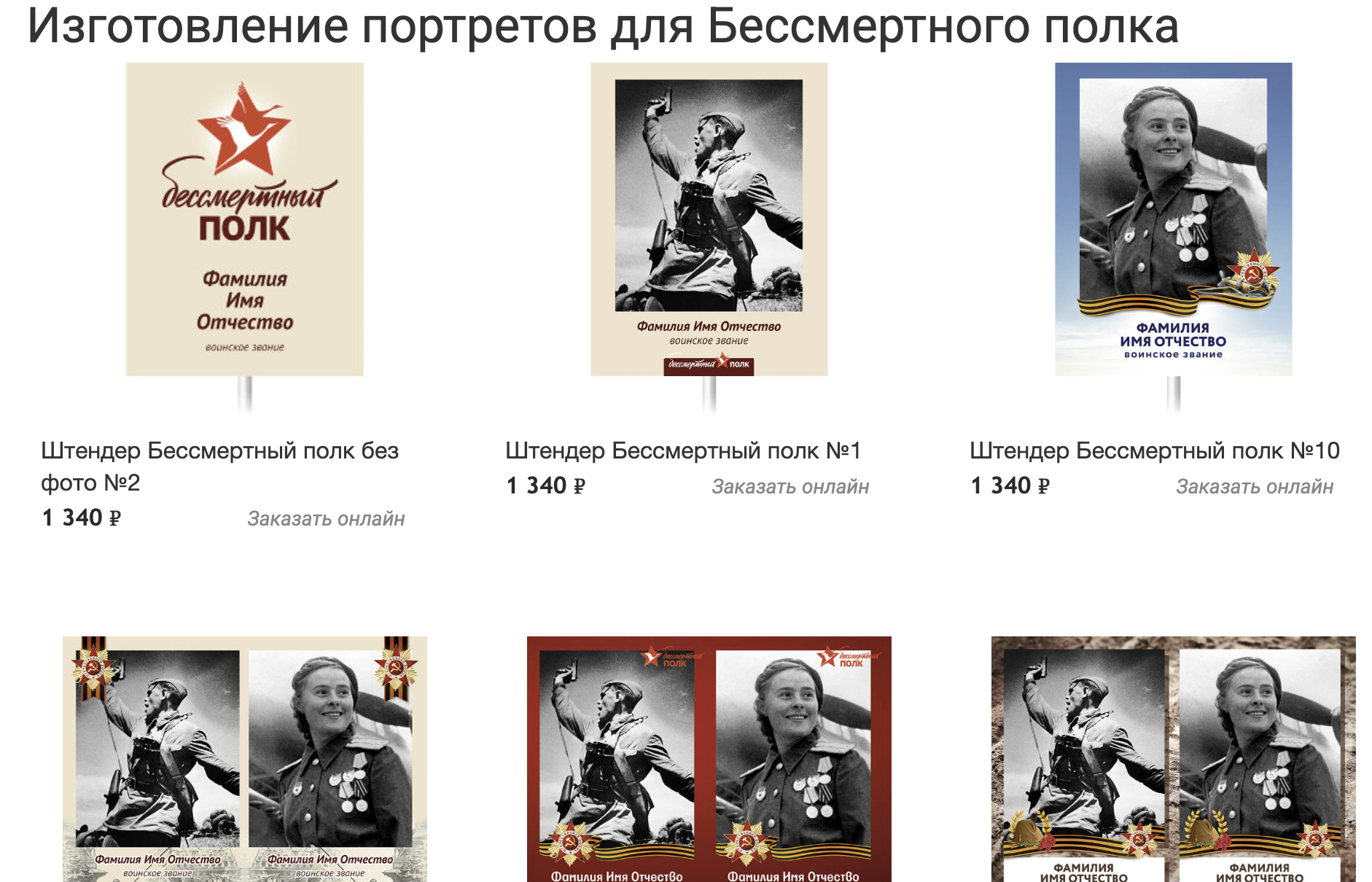 A screenshot of a website offering portraits.
A screenshot of a website offering portraits.
Political goals abroad
After taking control of the “Immortal Regiment,” the Russian government began using it to promote its political interests on the international stage. In Russia, the event serves to publicize the ruling elite, support the myth of “victory over fascism,” and strengthen the ideological foundation of the regime.
Abroad, the “Immortal Regiment” has become a tool of information warfare. Russian diplomats actively participate in organizing these marches in over 80 countries worldwide. The events are used as a pretext for accusing Western countries of “rewriting history,” particularly regarding the role of the Soviet Union in starting World War II and the Molotov-Ribbentrop Pact.
Beneath the noble goal of honoring the fallen lies a clear political objective – the centralization of control over historical narratives related to World War II. By creating a “safe” information space, Russia promotes its own convenient version of history, where it is portrayed as the sole victor over “fascism,” subtly hinting at its “ability to repeat” the past.
The danger
Traditionally, the “Immortal Regiment” events abroad have promoted the Soviet myth of the “Great Patriotic War,” glossing over the cooperation between the Soviet Union and Nazi Germany in the early stages of World War II. Furthermore, Russian propaganda appropriates the victory over Nazism as solely Russia’s, ignoring the contributions of other nations, particularly Ukraine.
Today, this mythologized narrative is used by the Kremlin to justify its aggression against Ukraine. The Ukrainian government is falsely labeled as “Nazi,” and the war is described as a “fight against Nazism.”
It is precisely due to the direct association of the “Immortal Regiment” with Russian aggression against Ukraine that organizers were forced to postpone these events after the full-scale invasion in 2022. However, attempts to revive them in 2024 pose significant risks.
Why reviving the “Immortal Regiment” is dangerous:
- Legitimizing Russian propaganda: the event serves as a platform for spreading Kremlin narratives about World War II and the ongoing war in Ukraine.
- Justifying aggression: participation in the “Immortal Regiment” may be seen as supporting Russian aggression and its distorted version of history.
- Provoking conflict: the events can be used to organize provocations and incite hatred between different groups of people.
- Manipulating memory: the genuine desire to honor the fallen is being used to promote the political interests of the aggressor country.
In the context of Russia’s aggression against Ukraine, the revival of the “Immortal Regiment” poses a particularly significant threat. It is important to recognize the true aim of this event – not to honor memory, but to promote propagandist myths and justify Russia’s aggressive policies. The global community must remain vigilant and counter attempts to use historical memory to incite hatred and distort reality.
Cover: Shutterstock

